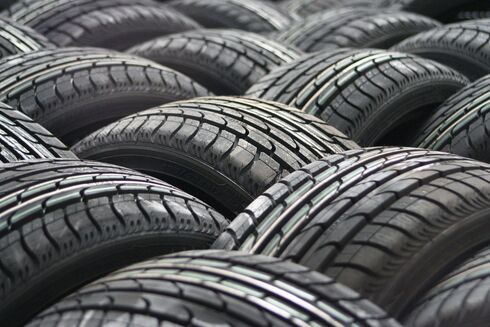
How green are your tyres?
13 March 2023

Organisations focusing on reducing vehicle fleet emissions naturally target fossil fuel usage. However, experts are suggesting that more should also be done to address the issue of tyre wear and the impact of new technologies.
Researchers from Imperial College London’s Transition to Zero Pollution initiative warn that even though electric vehicles remove the problem of fuel emissions, we will continue to have a problem with particulate matter because of tyre wear.
Six million tonnes of tyre wear particles are released globally each year, and in London alone, 2.6 million vehicles emit around 9,000 tonnes of tyre wear particles annually.
In a new briefing paper, a multidisciplinary group of Imperial experts including engineers, ecologists, medical practitioners and air quality analysts have called for as much investment into tyre wear research as there is for reducing fuel emissions, and for understanding their interactions.
Lead author Dr Zhengchu Tan of Imperial’s Department of Mechanical Engineering, said: “Even if all our vehicles eventually become powered by electricity instead of fossil fuels, we will still have harmful pollution from vehicles because of tyre wear. We urge policymakers and scientists to embark on ambitious research into tyre wear pollution to fully understand and reduce their impacts on biodiversity and health, as well as research to reduce the generation of these particles.”
Professor Mary Ryan, Vice Provost (Research and Enterprise) at the college and a co-author on the briefing paper, said: “Electric vehicles are a crucial step forward to decarbonise transport, but we need to look at the big picture, too. Some are concerned that electric vehicles tend to be heavier, which might increase tyre wear.”
As tyres break down they release a range of particles, from visible pieces of rubber to nanoparticles. Large particles are carried from the road by rain into rivers, where they may leach toxic chemicals into the environment, whilst smaller particles become airborne and breathed in. They are small enough to reach deep into lungs.
These particles may contain a range of toxic chemicals including polyaromatic hydrocarbons, benzothiazoles, isoprene, and heavy metals like zinc and lead.
The report says there is emerging evidence that tyre wear particles and other particulate matter may contribute to a range of negative health impacts including heart, lung, developmental, reproductive, and cancer outcomes.
Potential solutions include particle capture technologies, new advanced materials and business models that encourage different transport choices.
The authors suggest that research efforts should include establishing standardised ways of measuring environmental tyre wear levels and their toxicity, launching trials to better understand the effects of different sized particles on the environment and human health, and wear mitigation strategies such as reducing vehicle weight, using advanced driving techniques and ensuring tyre materials pass wear resistance regulations.
● Read an earlier blog post about trials on an environmentally friendly tyre here.
Photo: E Bouman

